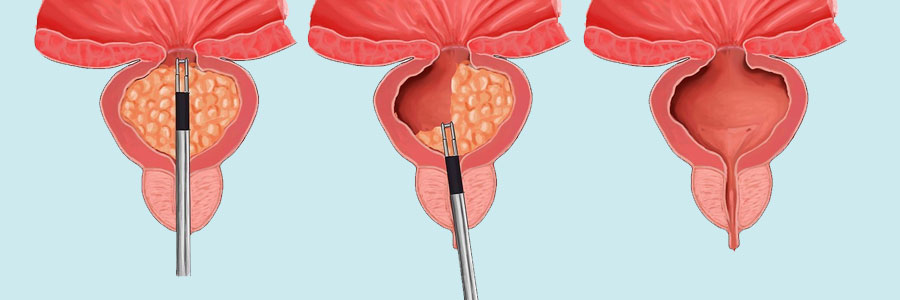
Prostate surgeries are procedures performed to address various conditions affecting the prostate gland, a walnut-sized organ located below the bladder and in front of the rectum.
Here are some common types of prostate surgeries:
Transurethral Resection of the Prostate (TURP):
Transurethral Incision of the Prostate (TUIP):
Open Prostatectomy:
Prostatectomy for Prostate Cancer:
Transurethral Resection of Prostate Cancer (TURP-C):
Prostate Laser Surgery:
© Copyright 2024 | Dr. Tarun Rochlani